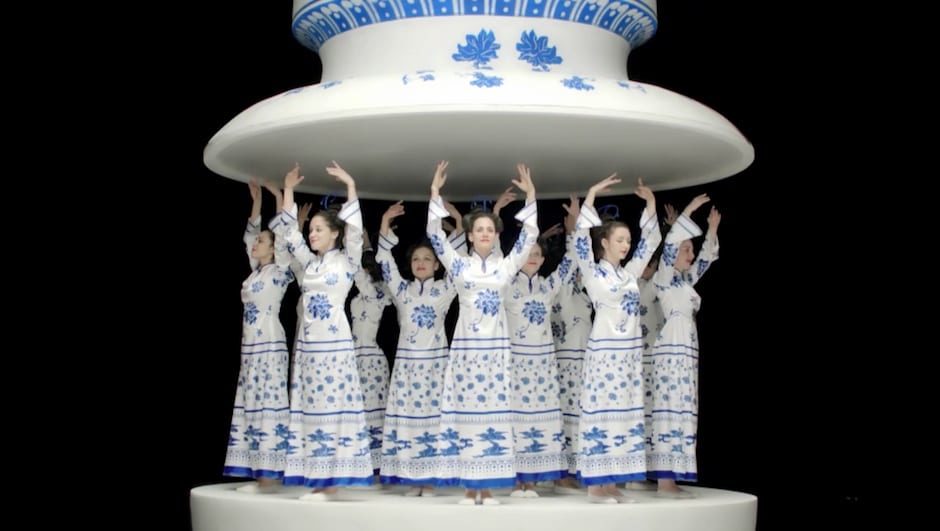How did you find the transition from live action to your first foray into animation?
The basic premise of animation is the same as live-action film-making – moving images that convey a message, or tell a story. Well, this is what we thought when we entered into the project.
Is it a completely different mind set and creative process from live action?
The reality of it was very different. We discovered a completely new way of working. In live-action there are key moments that happen in the creative process that absolutely define the film – the day you cast, the day you shoot, the day you finish the edit. These are immoveable, tangible steps forward – points in time where the film takes giant leaps towards completion. With animation, all of these moments are drawn out over many days, weeks, and months. The cast, the action, and even the edit is continually developing from day to day. There is no singular moment in the process where the film jumps forward in any significant way. It kind of creeps up on you like old age.
What were the key lessons you learnt from making this film?
We learnt a hell of a lot on this one. To be honest we are learning something new on each and every job we undertake. The day we stop learning is the day to quit. The key lesson on this one was long term focus. You need to be switched-on, absolutely focused on the end game for months, not just a few weeks. This is very tiring.
Are you jumping to make another animation?
We’d love to make another animation. However, we are keen to keep our portfolio as broad as possible, and will probably be looking at a live-action project next.
Did the story evolve as you progressed or had the creatives scripted the narrative completely in pre-production?
The story did evolve. The basics stayed the same – guy moves through a house to meet a girl, who he takes to the cinema. The characters, the story arc, and the adventures they have slowly evolved throughout the process. It was largely a collaborative process between us and the creative team at CHi.
Did it take forever to make?
It did take a long time.
And what was the method of animation used?
We were very keen to do the job in traditional 2D. We used an army of animators to draw up the story frame by frame. This technique is as old as the hills. Totally hand crafted. We want to go this way as we felt it would add a magical, romantic element to the film.
The lighting is really effective – did you work closely with a cinematographer experienced in animation?
To say our DoP is experienced in animation would be a massive understatement. Tristan Oliver has worked on many hugely successful feature length animations – ParaNorman, Fantatsic Mr Fox, Chicken Run. It was essential for us to place the 2D characters in the real world – to bed them into the world we live in. Tristan used a warm, late summer sun to create a warm homely vibe that works perfectly for us.












